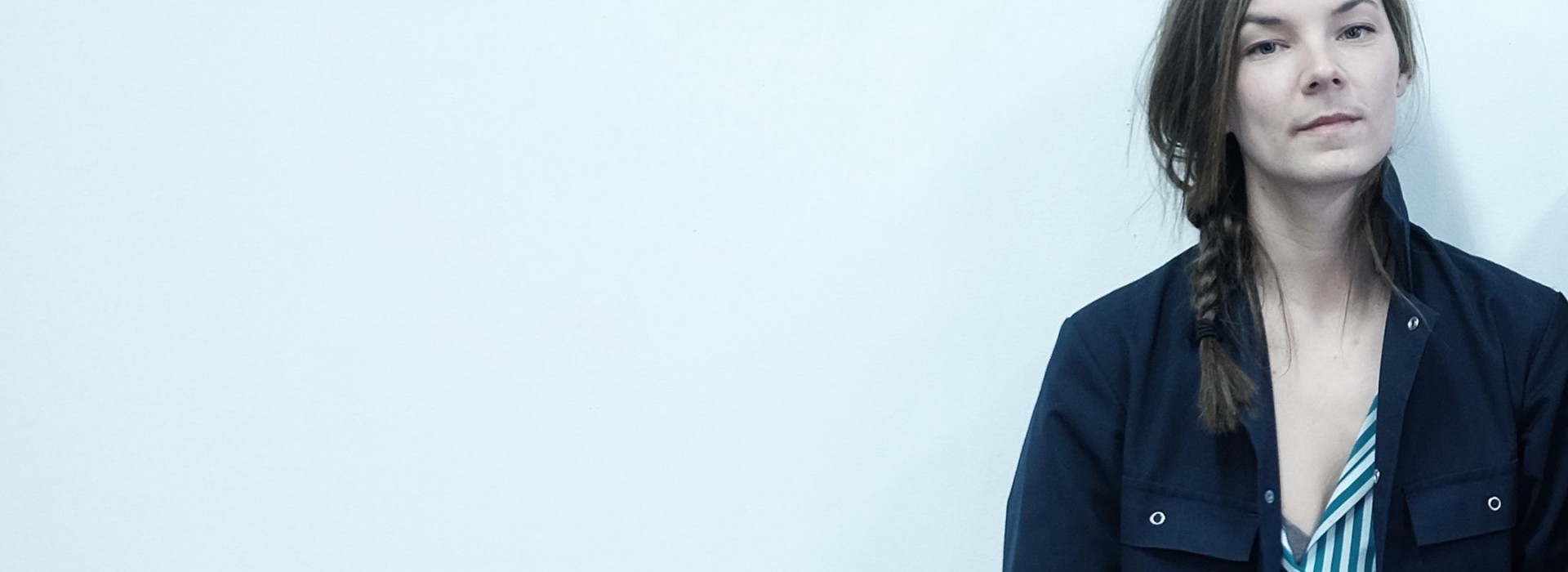
Why did you want to participate in Dancing Museums- The Democracy of Beings?
‘So far, my work has been mainly inside of the theatre. I haven’t done much site specific or interdisciplinary work. I think working in this new context will do much good for my thinking, I’m excited about how it will expand the possibilities of what I do. My work is always about how we look at something. This is a core that is applicable in the museum space as much as in the theatre.’


